1. Talking to Strangers in the Aisle Like Old Friends
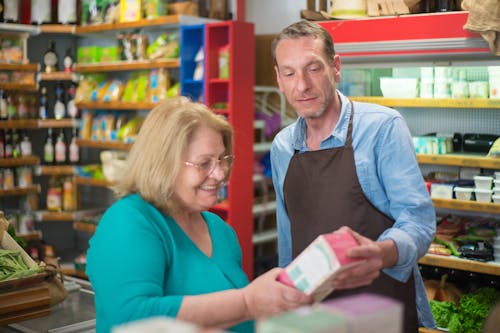
In many countries, grocery shopping is a quiet, efficient errand—but in the U.S., it’s not uncommon to strike up a chat with someone over the ripeness of an avocado. Americans often treat grocery stores like mini social hubs, especially in smaller towns. That friendly “How are you today?” from the cashier isn’t just a formality—it’s a cultural norm. For visitors from more reserved cultures, this level of openness can be baffling.
There’s a deeply ingrained cultural value in the U.S. around friendliness and small talk, even with strangers. Grocery store conversations are an extension of that. It’s not unusual for a fellow shopper to recommend a brand of salsa or comment on your choice of cereal. While charming to some, it can feel intrusive to those used to more transactional shopping.
2. Grocery Bagging as a Personal Identity
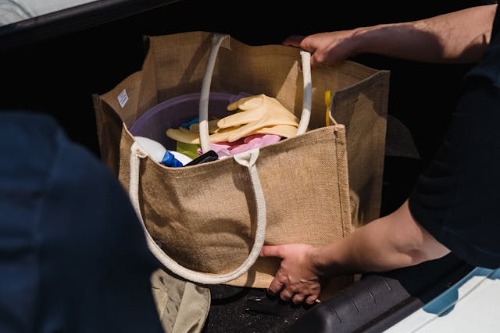
In the U.S., how you bag your groceries can be oddly personal. Many Americans have preferences—paper or plastic, cold items together, eggs on top—and aren’t shy about expressing them. Some even take over the bagging process themselves if they feel the cashier or bagger isn’t doing it “right.” This behavior can confuse visitors from countries where bagging is either always done by staff or not emphasized at all.
It reflects a larger American tendency toward customization and control. People want their groceries packed in a way that makes sense for their routines, whether it’s unpacking, meal prepping, or minimizing plastic. In contrast, many European and Asian countries expect customers to bag their own items without fuss. The intensity of Americans’ bagging preferences can be surprising—and oddly passionate.
3. Buying in Bulk—Even for Tiny Households
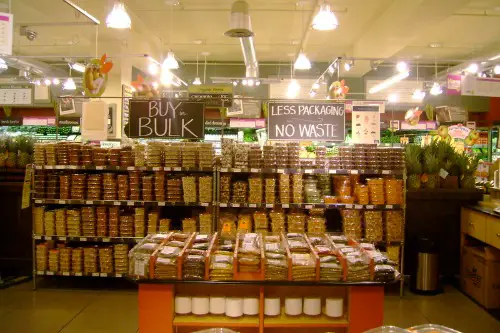
Warehouse clubs like Costco or Sam’s Club are practically sacred in American grocery culture. Even solo dwellers will haul home 36 rolls of toilet paper and enough trail mix to feed a baseball team. For visitors, this seems excessive—why would someone need a gallon of mayo? But for Americans, bulk buying is a way of life.
It’s driven partly by value: more product for less money. But it’s also tied to the size of American homes, which often have space for large pantries and extra freezers. Convenience plays a role too—fewer trips to the store means more time saved. Still, it’s puzzling to outsiders who buy only what they can carry by hand or bike.
4. Obsessing Over “Organic” Labels

Americans have developed a near-religious devotion to labels like “organic,” “non-GMO,” and “gluten-free”—even when those labels don’t always mean what people think they do. Shoppers will often pay double for the organic version of a product, believing it’s inherently healthier. In some cases, it is—but the science isn’t always clear-cut. Foreign visitors may wonder why people are so laser-focused on these buzzwords.
This stems from a combination of food scares, marketing, and a strong wellness culture. American consumers are wary of pesticides, additives, and anything that feels overly industrial. While other countries regulate food differently—sometimes more strictly—many don’t feel the same pressure to seek out “clean” labels. The American health-conscious shopper is often as brand-loyal to these terms as they are to the actual food.
5. Tipping the Grocery Bagger (Sometimes)
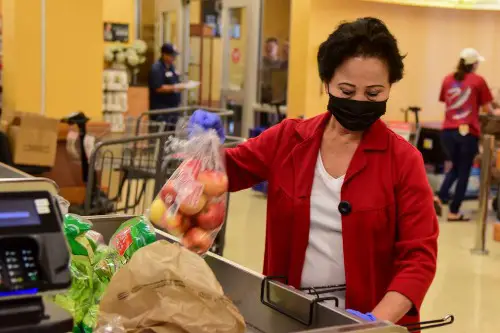
In some regions of the U.S., especially in the South or at military commissaries, tipping the person who bags your groceries is still expected. This can totally throw off foreigners who assume the service is built into wages, as it is in most countries. It’s also not consistent across the U.S., which adds to the confusion. One store might expect it; another might ban it.
This stems from a broader tipping culture that extends beyond restaurants in America. The rules aren’t always posted, so visitors often feel awkward not knowing what to do. It highlights how fragmented the American grocery experience can be—even within the same chain. Many shoppers don’t tip, but when they do, it can be anything from change to a few bucks.
6. Using Coupons Like Tactical Weapons
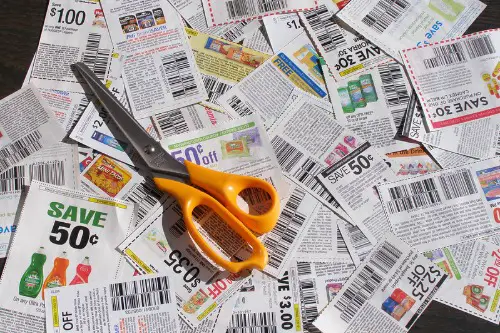
Americans treat couponing like a sport. You’ll see shoppers flipping through paper flyers, scrolling apps, and scanning barcodes with military-level precision. “Extreme couponers” have even become TV personalities, celebrated for getting carts of groceries for pennies. For people from countries where discounting is more straightforward or seasonal, it seems like a lot of effort for small savings.
But the thrill of the hunt is part of it. Couponing taps into a DIY, budget-conscious mindset that’s deeply American. Shoppers feel a sense of accomplishment in “beating the system” and maximizing every dollar. While not everyone goes to extremes, the culture of deals is hard to miss.
7. Self-Checkout for a Full Cart
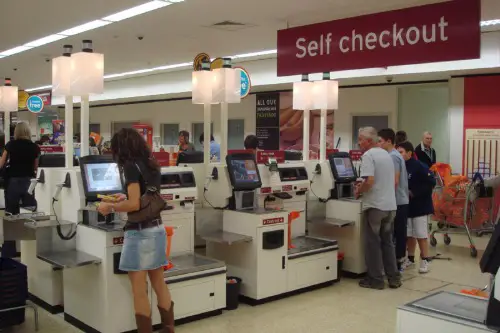
Self-checkout stations in the U.S. were originally designed for smaller purchases, but Americans often roll up with overflowing carts. This baffles visitors used to express lanes being for 10 items or fewer. It can slow down the line and frustrate everyone involved—but the independence is appealing. Some people even prefer it to interacting with a cashier.
This ties back to American values of autonomy and convenience. If the option exists, people want to use it their way, not by unspoken rules. Unlike in some countries where checkout etiquette is strictly followed, the U.S. has looser social expectations around how tech is used in public. For better or worse, self-checkout has become a Wild West of grocery norms.
8. Treating Grocery Stores Like Restaurants
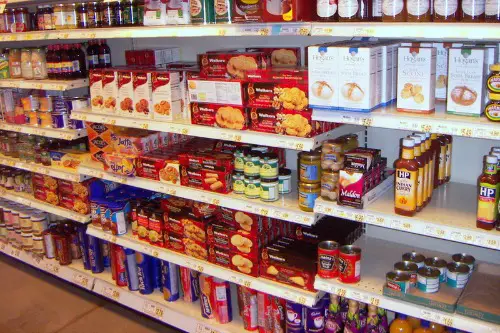
In many American stores—especially upscale ones like Whole Foods or Wegmans—you can grab sushi, sip a smoothie, and eat it at a café table right inside the store. Some even have wine bars or hot buffets that rival actual restaurants. For foreigners, this setup can feel strange: isn’t this just a grocery store? But for Americans, it’s about turning errands into experiences.
This trend reflects a blending of food retail and hospitality. Busy shoppers can multi-task—grabbing lunch and groceries in one stop. It also plays into a cultural preference for convenience and instant gratification. While efficient, it definitely raises eyebrows for those used to stark, utilitarian food shops.
This post 8 American Behaviors in Grocery Stores That No One Else Understands was first published on American Charm.


